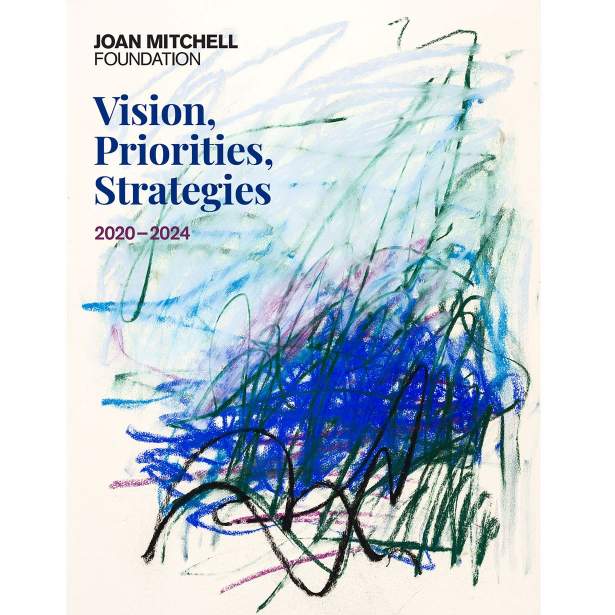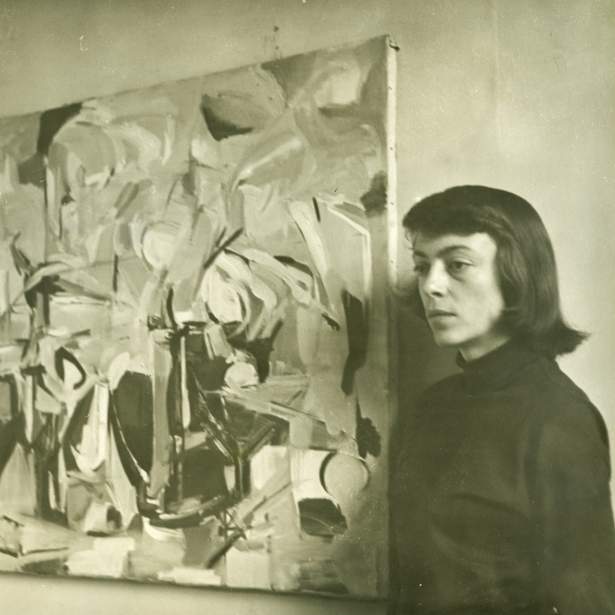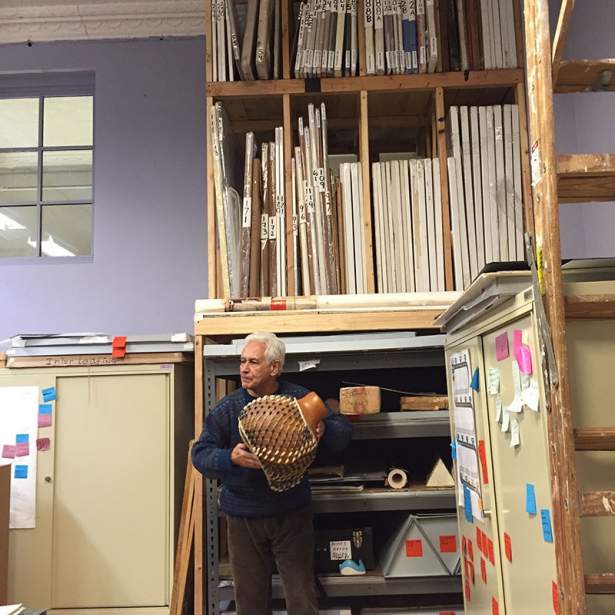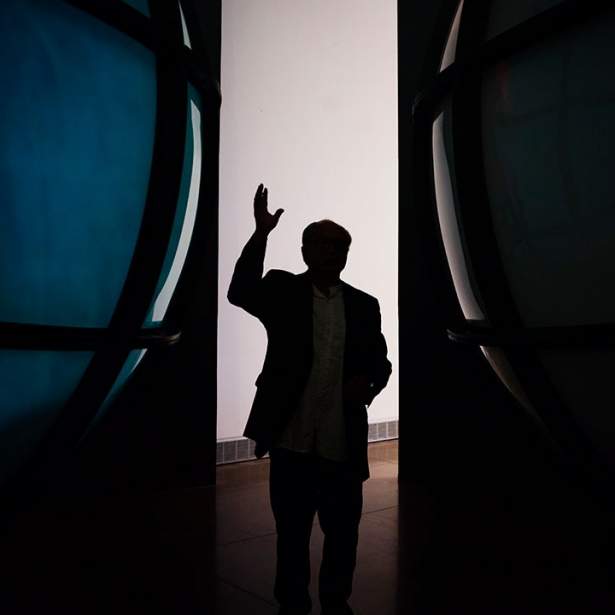We began our planning for the next five years by affirming and clarifying the Foundation’s vision and values through a collaborative process with all staff and board, facilitated by Yancey Consulting. Mitchell’s commitment to artistic practice was central in these discussions, with the idea that the Foundation carries that commitment forward from one artist to many.
With the refreshed vision and values in mind, we then worked across all areas of the Foundation to outline the intentions, priorities, and key strategies that will define the Foundation’s work from 2020 to 2024, with support and facilitation by Anne Dunning of Arts Action Research. Some key questions we asked were:
- How can we ensure the Foundation is a lasting manifestation of Joan Mitchell’s legacy?
- What impact do we want to have in the world?
- How can we help create a more equitable art world?
The resulting strategic plan focuses on ensuring balance while striving for maximum impact with the resources we have.
Download the PDF report here, or read on below.






